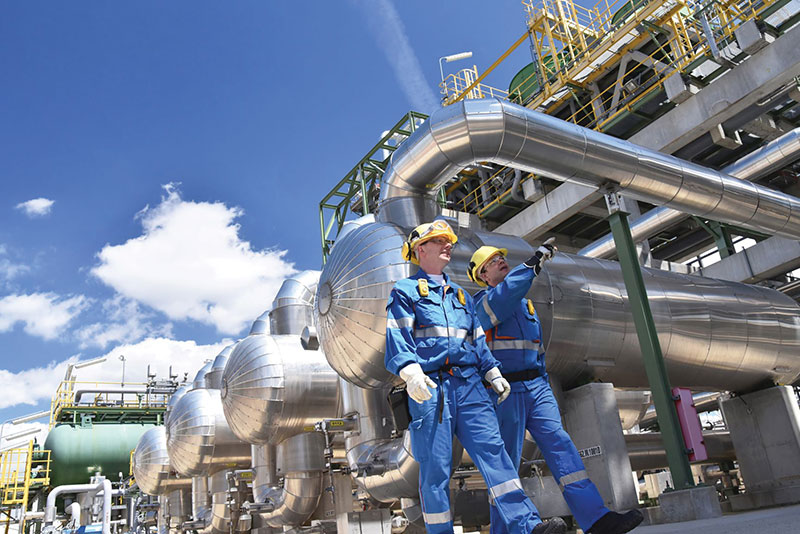June 2022, Vol. 249, No. 6
Tech Notes
RTUs Working in the Field for Oil and Gas Pipelines
Special to P&GJ
The second line of the China-Russia crude oil pipeline began commercial operation in January 2018 and doubled China’s annual imports of Russian crude oil from 15 million to 30 million tons.
The company behind the project, PetroChina Pipeline Company Limited, set a new record by constructing more than 497 miles (800 km) of pipeline in 180 days, in a high latitude, extremely cold environment.
The China–Russia pipeline begins in Mohe, China’s most northern city. Located almost 53 degrees above the equator and 528 miles (850 km) inland, this remote location exposes the pipeline to extreme environmental conditions. Part of the specification for the pipeline’s control system was the need to operate in temperatures between -62.1 and +103.6 degrees F (-52.3 and +39.8 degrees C) — record temperatures for winter and summer in the region.
In collaboration with their partner, ZKCiT, Ovarro provided 22 TBox-MS Modular RTUs (remote terminal units) for pipeline monitoring and control. The RTUs perform all data acquisition, control and communication functions, and periodically report the status of all communications equipment to the supervisory control and data acquisition (SCADA) control room.
There is no heat tracing in the valve chamber and the entire control system relies solely on ambient heating from the process and other equipment. The devices are designed to withstand temperatures across the range from -40 to +158 degrees F (-40 to +70 degrees C) but were pushed further than these limits during type testing.
After the pipeline’s first month of operation, ZKCiT was congratulated on the system’s performance. During January 2018, shortly after oil transportation had begun, local temperatures of -45.4 degrees F (-43 degrees C) were recorded. Despite exceeding their stated operational limits, the RTUs continued to operate successfully.
For the PetroChina Pipeline Company Limited, RTUs offered better control and management capabilities, reliability, situational awareness and reduced maintenance costs, even in such remote locations and extreme conditions.






Comments